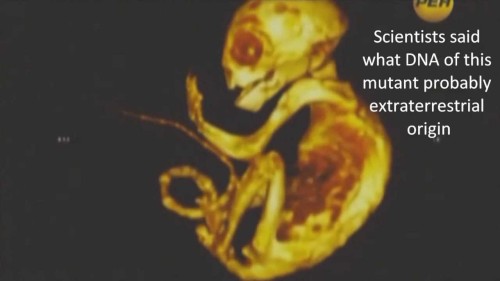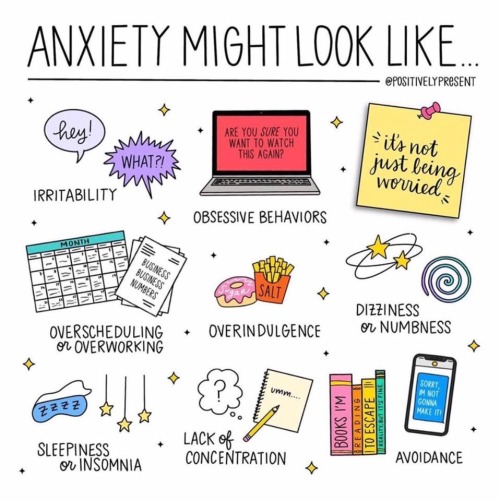Had To Share This @WeHeartIt

Had to share this @WeHeartIt
Gosh, imagine how much harder it would be to stargaze and learn about the universe if we had THIS MONSTROSITY blocking out half of our sky!! Thank goodness we evolved where we did…
More Posts from Mariaagnesi-fangirl-blog and Others

From Earthrise to the black hole: astronomy’s most famous images.
Photographs from history that capture humanity’s exploration of the heavens.

20 July 1969
One of the most iconic views of Earth, taken from the Apollo 11 spacecraft as it orbited the moon. Describing the scene, the astronaut Neil Armstrong said: ‘It suddenly struck me that that tiny pea, pretty and blue, was the Earth. I put up my thumb and shut one eye, and my thumb blotted out the planet Earth. I didn’t feel like a giant. I felt very, very small’ | This caption was updated on 11 April 2019 to correct the date the picture was taken, photograph: Nasa.

21 July 1969
Buzz Aldrin, the lunar module pilot for the first moon landing, poses on the lunar surface. The footprints of the astronauts are clearly visible in the soil. Neil Armstrong took the picture with a 70mm Hasselblad lunar surface camera Photograph: American Photo Archive/Alamy

25 February 1979
This dramatic view of Jupiter’s great red spot and its surroundings was obtained by the Voyager 1 space probe
Photograph: JPL/Nasa/UIG/Getty Images

14 February 1990
Often referred to as ‘the pale blue dot’ image, this picture was taken when Voyager 1 was 4bn miles (6.4bn km) from Earth and 32 degrees above the ecliptic plane. Earth is a mere point of light, just 0.12 pixels in size when viewed from that distance. The fuzzy light is scattered sunlight because Earth was close to the sun (from the perspective of Voyager)
Photograph: JPL/Nasa

6 January 2004
The first colour image of Mars taken by the panoramic camera on the Mars Exploration Rover Spirit. It was the sharpest photograph ever taken on the surface of the planet
Photograph: JPL/Nasa/AP

25 September 2012
Called the eXtreme Deep Field, or XDF, this photo was assembled by combining 10 years of Hubble space telescope photographs taken of a patch of sky at the centre of the original Hubble Ultra Deep Field. By collecting faint light over many hours of observation, the telescope revealed thousands of galaxies, both nearby and very distant, making it the deepest image of the universe ever taken at that time
Photograph: Hubble space telescope/Nasa/ESA

24 July 2015
A combination of images captured by the New Horizons space probe, with enhanced colours to show differences in the composition and texture of Pluto’s surface
Photograph: AP

10 April 2019
The first image of a black hole, captured by the Event Horizon telescope (EHT) – a planet-scale array of eight ground-based radio telescopes forged through international collaboration. The shadow of a black hole seen here is the closest we can come to an image of the black hole itself, a completely dark object from which light cannot escape
Photograph: EHT Collaboration/UCL
there is something about Sunday that makes people obnoxious
What were astronauts like when they first returned from outer space? Nurse Dee O'Hara: ‘They have something, a sort of wild look, I would say, as if they had fallen in love with a mystery up there, sort of as if they haven’t got their feet back on the ground, as if they regret having come back to us… a rage at having come back to earth. As if up there they’re not only freed from weight, from the force of gravity, but from desires, affections, passions, ambitions, from the body. Did you know that for months John [Glenn] and Wally [Schirra] and Scott [Carpenter] went around looking at the sky? You could speak to them and they didn’t answer, you could touch them on the shoulder and they didn’t notice; their only contact with the world was a dazed, absent, happy smile. They smiled at everything and everybody, and they were always tripping over things. They kept tripping over things because they never had their eyes on the ground.’
Craig Nelson, Rocket Men: The Epic Story of the First Men on the Moon (via m-l-rio)


Kurzgesagt on Neutron Stars – The most extreme things that are not black holes
As Christians it is actually our duty to be joyful. We have been commanded unto joy. This is not an impossible ask, for no cross can crush the joy of Christ, not even depression, grief, or sorrow. The joy of the Lord flourishes mysteriously, simultaneously, in the midst of such joy-blackholes; for when our own joy has disippated, God's Joy finally has full room to settle. God does not command the impossible, and so it is only fair that we ask not for Joy like timid slaves, but command it as a right as sons, as daughters of God. Yes, in Christ we possess this right, but only by faith can we claim it, and by the cross can we live it. Let the world have its joy, and we will have ours. Maybe out of envy they will seek out this Christ, this Joy of ours.
womb and the cloud




The Litany of Saint Dymphna

As we head into a new academic year - remember to look out for your pals! Anxiety isn’t what we might think it is!

Photo by Michael Durnan.
-
 sixxer liked this · 5 years ago
sixxer liked this · 5 years ago -
 allenpolk reblogged this · 5 years ago
allenpolk reblogged this · 5 years ago -
 allenpolk reblogged this · 5 years ago
allenpolk reblogged this · 5 years ago -
 allenpolk liked this · 5 years ago
allenpolk liked this · 5 years ago -
 unknowinglyxfoxes liked this · 5 years ago
unknowinglyxfoxes liked this · 5 years ago -
 adoreyoualways liked this · 5 years ago
adoreyoualways liked this · 5 years ago -
 crystalkeithsstuff liked this · 5 years ago
crystalkeithsstuff liked this · 5 years ago -
 mariaagnesi-fangirl-blog reblogged this · 5 years ago
mariaagnesi-fangirl-blog reblogged this · 5 years ago -
 ploombikaz liked this · 5 years ago
ploombikaz liked this · 5 years ago -
 i-dontwannabeuanymore liked this · 5 years ago
i-dontwannabeuanymore liked this · 5 years ago -
 biggreenguy reblogged this · 5 years ago
biggreenguy reblogged this · 5 years ago -
 starstruckpsychicpeachtoad-blog liked this · 5 years ago
starstruckpsychicpeachtoad-blog liked this · 5 years ago -
 15dreamsboi-blog liked this · 5 years ago
15dreamsboi-blog liked this · 5 years ago -
 wolf-pack3d-blog reblogged this · 5 years ago
wolf-pack3d-blog reblogged this · 5 years ago -
 bagelseasoning liked this · 5 years ago
bagelseasoning liked this · 5 years ago -
 weepingcookieturkeypeanut liked this · 5 years ago
weepingcookieturkeypeanut liked this · 5 years ago -
 cosmiclisanne reblogged this · 5 years ago
cosmiclisanne reblogged this · 5 years ago

"There is a pre-established harmony between thought and reality. Nature is the art of God." - Gottfried Willhelm Leibniz
164 posts